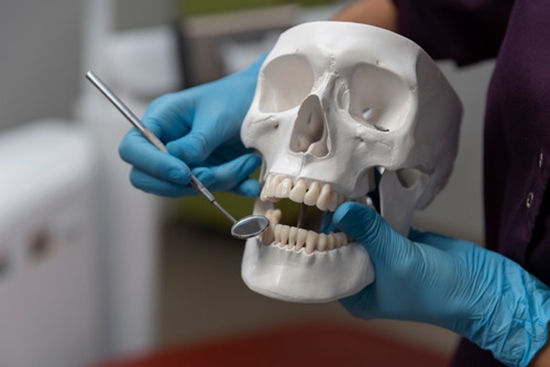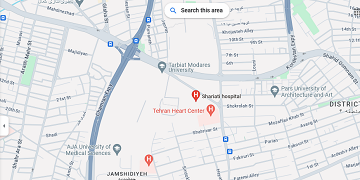The Comparison of Thick and Thin Intermediate Wafer in Maxillary Le Fort I Osteotomies

Abstract
Background: Osteotomy wafers were routinely used in orthognathic surgery for repositioning the mobilized maxilla to achieve the planned final occlusion. Objectives: The aim of the current study was to determine comparison of thick and thin intermediate wafer in maxillary Le Fort I osteotomies. Methods: This study was done in 9 patients who had maxillary prognathism or retrognathism abnormality. The maxillary cast was oriented using articulator after facebow transfer. Then photographic and cephalometric data was used to determine proper dental arch segments. All 9 patients had Le Fort I combined with mandibular sagittal split osteotomies. The Le Fort I surgery was done on lateral, septum and medial sinus of nasal and trigomaxillary. The cast was removed from the base articulator and think and thick wafers were fabricated for each. Then the wafers were fixed in 1, 2 and 3 mm anterior (A1, A2 and A3, respectively). After mobilization of the maxilla and adequate bone removal, the jaws were held in occlusion with the thin intermediate wafer. The maxilla was then located against the stable part of the facial skeleton above using the yet unoperated mandible as an autorotated guide. Then the superior reposition >1 or <1 m between two wafers was determined. Results: According to the results, the superior reposition was higher in thin wafers fixed in A3 > A2 compared to A1. Also, the same result was detected in thick wafers fixed in A3 > A2 compared to A1, respectively. However, there was no significant difference in both thin and thick wafers in each fixed locations. Conclusion: These results suggest thick wafers have acceptable results in maxillary Le Fort I osteotomies.




Send to friends